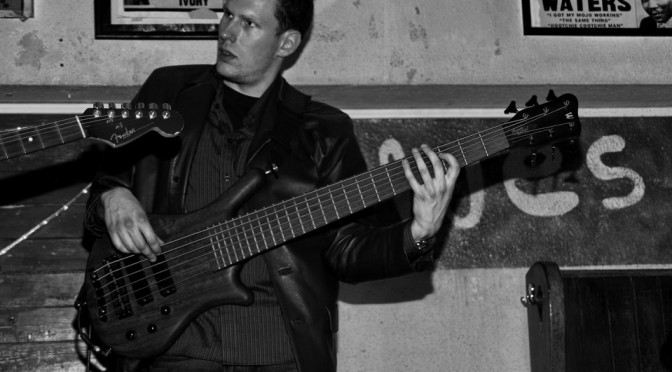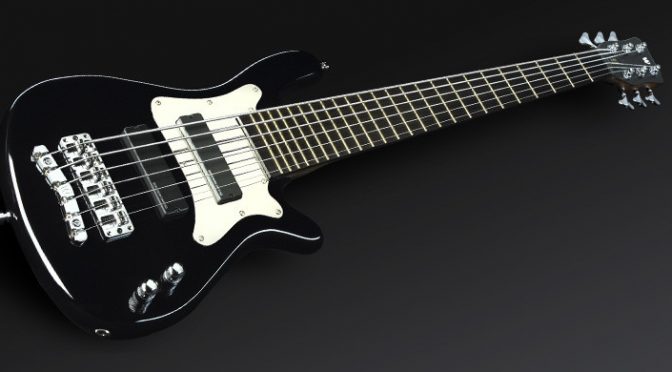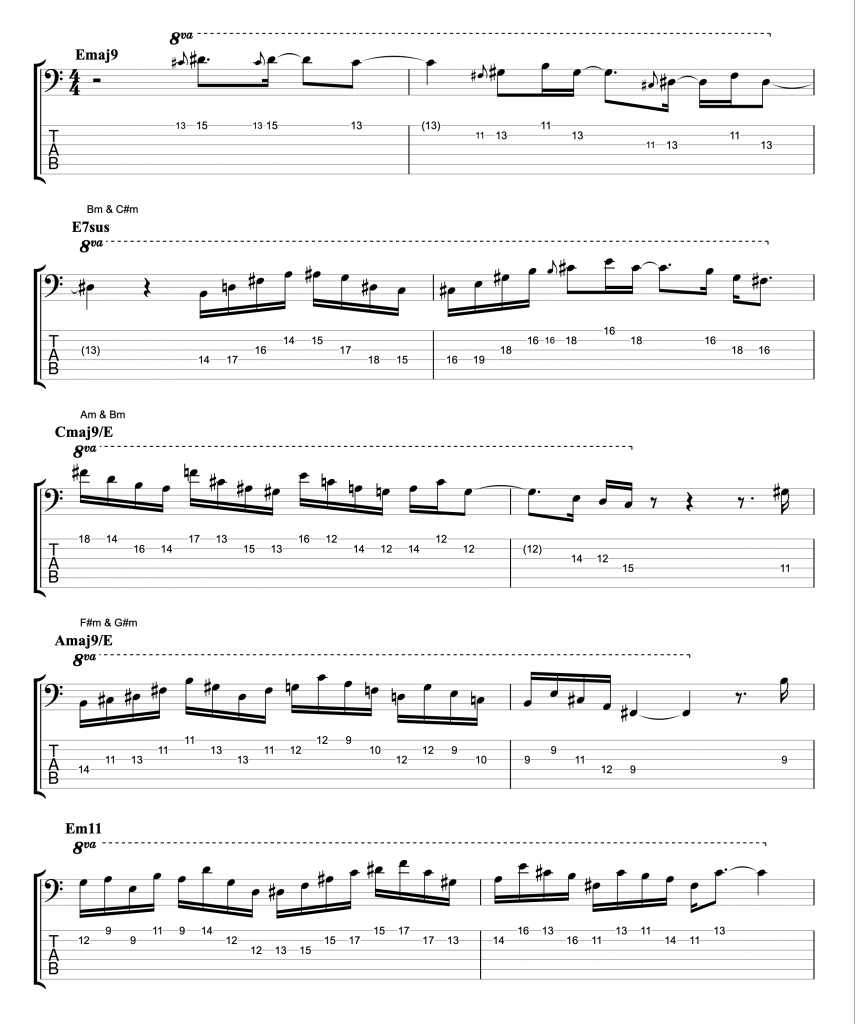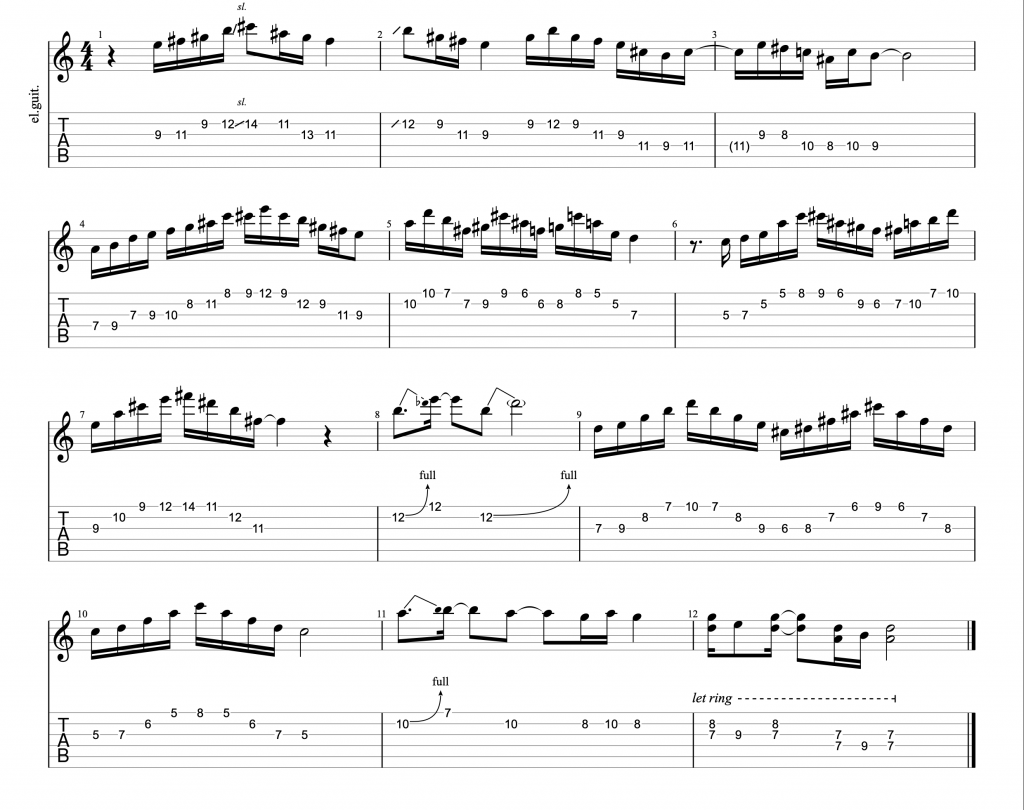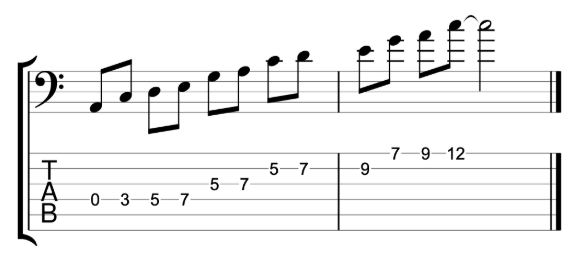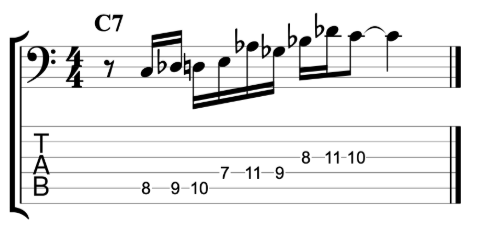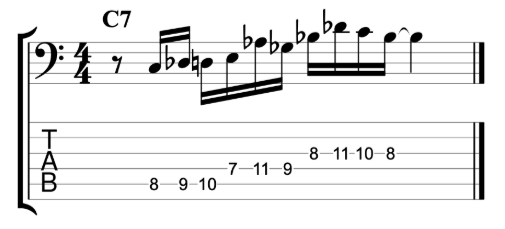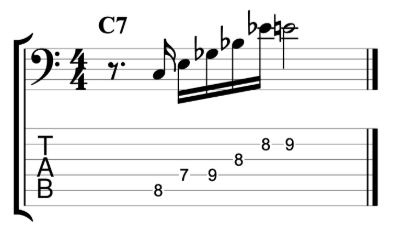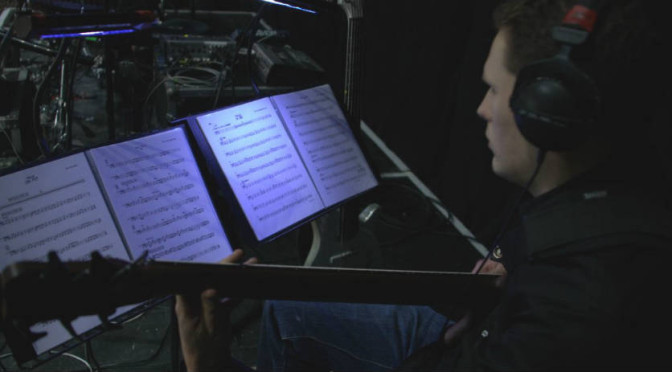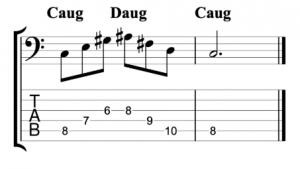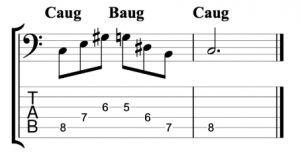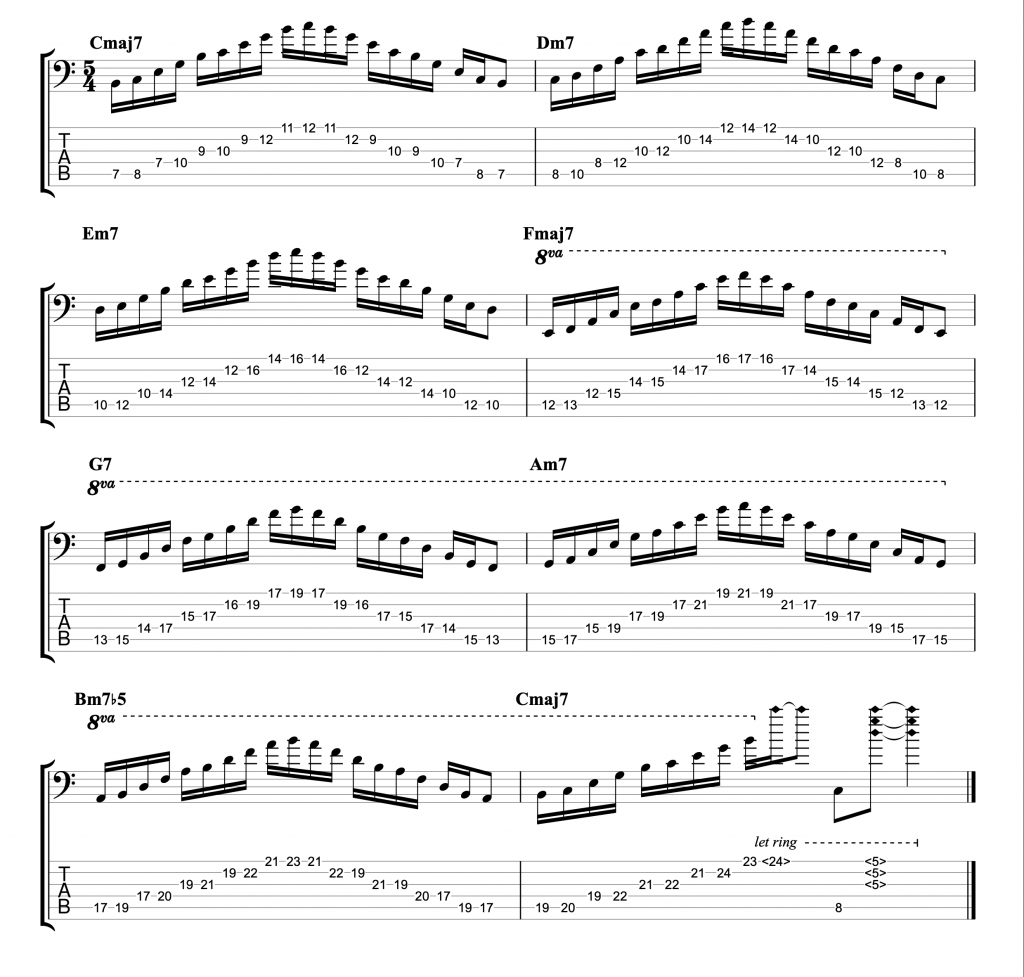A Quick Tip for Learning the Fretboard on 6-String Bass – Bass Practice Diary – 9th June 2020
How good are you at locating notes on the fretboard of your bass? There’s a big difference between being able to work out where a note is, and knowing it without having to think about it. Knowing all the notes in every part of the neck is fundamental, but a lot of musicians never fully get to that point.
The fretboard can look very intimidating when you don’t know it well. But I can tell you that it’s much easier to learn the entire fretboard than you might think. It does take an investment of your time, but perhaps not as much time as you think. If you take a methodical approach to learning it, you can learn the entire fretboard in weeks rather than months.
One Note at a Time, One String at a Time
I’m going to show you two exercises for learning where you can find the note C all over the fretboard of a 6-string bass with 24 frets. Most 6-string basses have 24 frets. Having said that, you can easily use this same process to learn the notes on any instrument. It will work equally well on 4 or 5-string basses or on a guitar.
The first exercise involves starting at the open string, and working your way up the neck from the 1st fret to the 24th. Play the note C on every string in every position. You’ll find that the fretboard of a 6-string bass with 24 frets contains the note C in five different octaves. You can play those five C’s in 13 different positions on the neck and I’ve written them out here.

As you can see, the notes make a pattern in three’s going up the neck. But we’re trying to learn the notes, not just the pattern. So, for that reason, I would also recommend playing through this second exercise.

When you play the notes on one string at a time, it forces you to think about where each individual note is, rather than thinking about the pattern that the notes make on the fretboard.
Remember, that there are only twelve notes in the octave (chromatic scale). So if you set yourself a target of learning one note per day, using these two exercises. Then you’ll learn the entire fretboard in 12 days.


